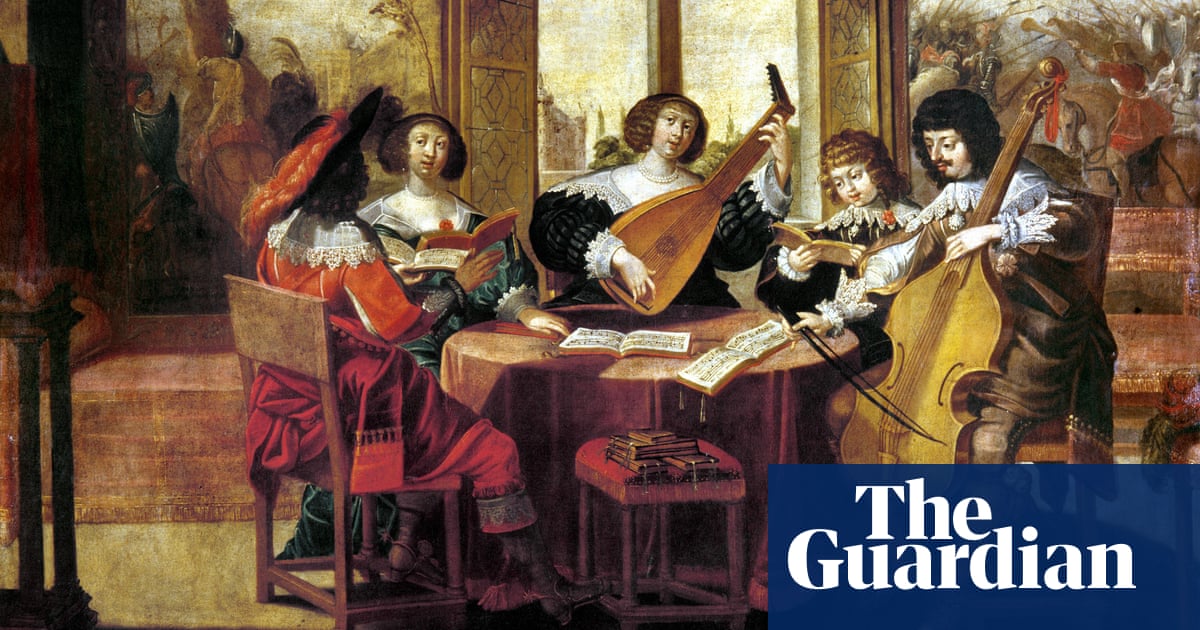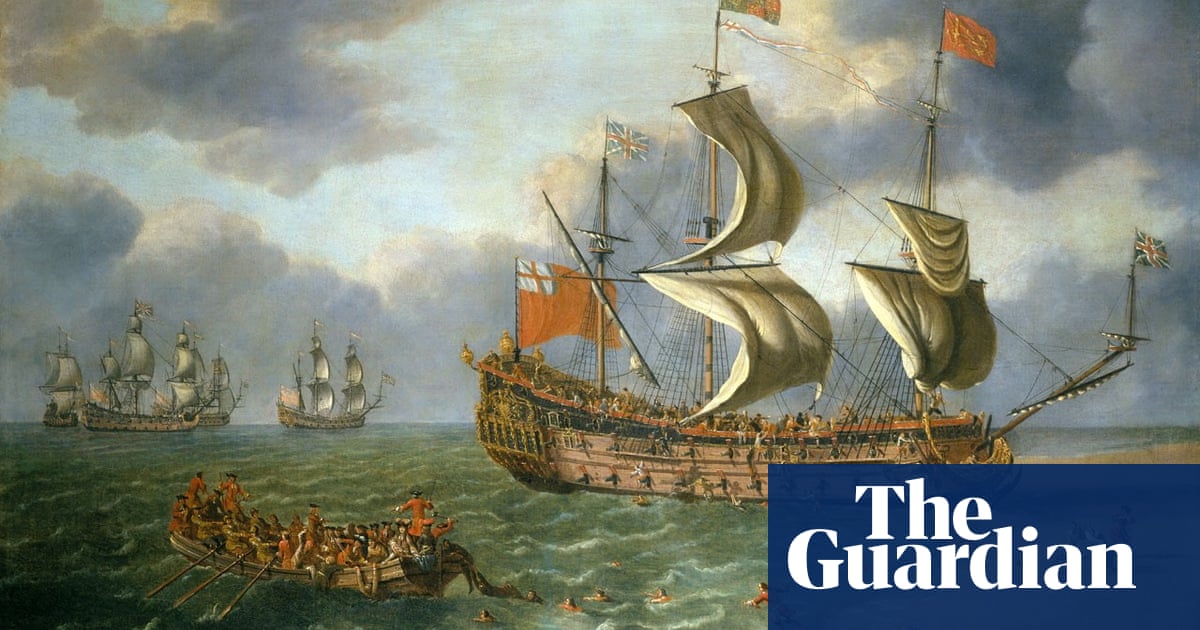
The music industry was hungry for hits and churned out songs in their thousands – love songs, sad songs, jokey songs, patriotic songs.
There were songs about servants and kings, beggars and pirates, kidnappers and ghosts. There were songs about bloody battles and agonising deaths. There was a song about a Scot incinerated by a divine thunderbolt because he tried to seduce his sister.
Welcome to the chart toppers of the 17th-century – ballads that caught the public imagination and enriched England’s embryonic music producers.
Christopher Marsh, a history professor at Queen’s University Belfast, and Angela McShane, an honorary reader in history at the University of Warwick, counted editions of single-sheet songs and other metrics to identify top hits from the Elizabethan and Stuart eras. Their 100 Ballads project has compiled song sheets, summaries, analysis and new recordings on a website, launched last week, that showcases the origins of the music industry.
“This was the earliest form of commercial pop music in England,” said Marsh. “It was the first time in history that people tried to publish songs to make money, to make hits.”
Now they can be listened to again: Andy Watts, of the folk group the Carnival Band, recruited 22 musicians to record 100 of the 120 songs included on the website, which is free. The Arts and Humanities Research Council provided £252,000 of funding for the project.
The project shone a fresh light on the dawn of a new business model, Marsh said. London-based ballad publishers commissioned, bought and distributed songs which were performed in ale houses, markets and town squares in the hope that people would buy the song sheets. “They were the recording companies of their day – they were trying to spot successful songs, latch on to them, market them and make money out of them.”
Struggling contemporary artists may recognise aspects of the business model: itinerant singers toured the country performing songs in the hope of selling the sheets, typically for a penny.
“There were no recordings or celebrity performers,” Marsh said. “The singers tend to be shadowy figures, not well documented. We don’t have the individual names of ballad singers, who were regarded as the lowest of the low. They take a lot of stick in the literary sources of the period. They were regarded as bad boys working with pickpockets and got a bad press.”
A sheet contained lyrics, but instead of musical notes it named a well-known tune to which the song was to be sung. There are no sales figures for the thousands of ballads printed in the 17th century. But some ballad publishers listed lucrative songs they sought to protect in an early form of copyright. Another indicator of popularity was whether a ballad was reprinted – some appeared just once, others appeared again and again, decade after decade.
Historians routinely cited and quoted ballads without specifying whether the song was popular, said Marsh, who plays the violin. “I thought it would be useful to have a list of the most successful songs because they can tell you most about tastes and preoccupation.”
Many hits focused on relationships, especially romance, courtship and problems between husbands and wives, including a couple who swapped working roles with disastrous results.
“I came into this project thinking ballads were light and fluffy and bawdy and humorous, but there is also lots of tragedy and death,” said Marsh. A body count of the project’s 120 songs – some referencing famous battles – racked up 3,884 corpses. Divine retribution accounted for Jasper Cunningham of Aberdeen, who bursts into flames after propositioning his sister.
The website lists the songs in order of popularity. No 1 is The Wandring Prince of Troy, a retelling of Virgil’s Aeneid, which appeared in at least 12 editions between 1564 and 1708. Its success was attributed to its canny mix of romance, tragedy, warfare, history, aristocratic life and supernatural intervention.
Other titles include An Excellent Ballad of George Barnwel, an Apprentice in London, who was undone by a Strumpet. The ballad is about a youth enchanted by an older woman, with tragic results. Another song is titled: A True Relation of the Life and Death of Sir Andrew Barton, a Pyrate and Rover on the Seas.
Most ballads are anonymous, but some authors added their names to sheets and became famous, notably Thomas Deloney, a weaver who wrote seven of the ballads on the list. “The Lennon and McCartney of his day,” Marsh said.












